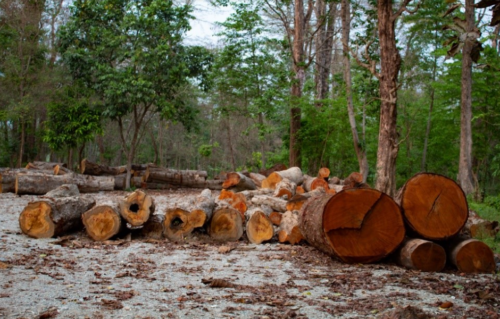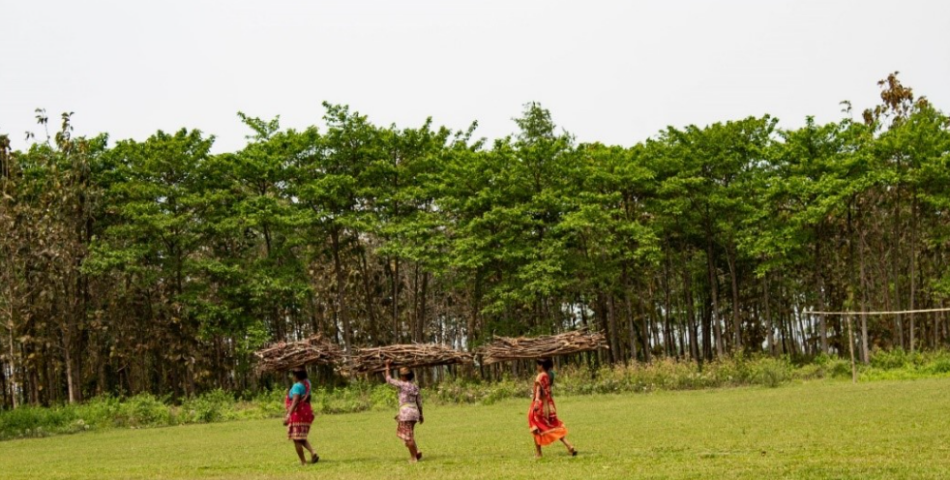
Orchids | Let it grow on jungle
December 3, 2024
Proud to be the part of Forest Journey
December 3, 2024Community forests are national forests handed over to the local user groups for protection, management and utilization. The community forestry and other community based forest management approaches have established traditional rights of the local people over the resources. According to legislation itself, local people have the rights and their duties to manage community forests. Hundreds of millions of people depend on the forest for their livelihoods and culture. The forest product like timber, firewood and grasses from the community forest are used by local people for their internal consumption. These products are used to support subsistence livelihood needs of local people.
 People plants trees and care them. In return, forest gives much more, contributing daily to well-being and quality of life. Community forests had a multiple health benefits. It increases the peace of mind and relaxation by reducing level of anxiety, depression and aggression. It also helps in improving immune system and faster healing.
People plants trees and care them. In return, forest gives much more, contributing daily to well-being and quality of life. Community forests had a multiple health benefits. It increases the peace of mind and relaxation by reducing level of anxiety, depression and aggression. It also helps in improving immune system and faster healing.
The tree is one of those rare assets that increase in value with age. The community forest decreases the building heating and cooling cost and also increases the valuation of the land nearby. Community forest has the economic benefits as it helps to light the local business in around forest areas since customers enjoy trees surroundings and bird watching. It also helps in reducing the cost of pollution control. It also contributes in the biodiversity conservation. Community forest user groups and other non-user groups are benefited from the community forest as it greatly contributes to natural cycles of water, air and carbon. It reduces the heat island effect and also helps in climate change mitigation.

In addition, community forest also has the social benefits to people. It encourages to participate and actively play a positive role in the community. It strengthens community by increased outdoor interactions and activities. The three motivating factors of people’s participation in forest management are the livelihood dependency of households on forest, the forest incomes/benefits and the technical capacity required for forest management. The management of forest by local people is directly proportional to the return from the forest which is further related to livelihoods improvement. Thus, people’s livelihood support from forest management is a key factor which connects them to the forest.





